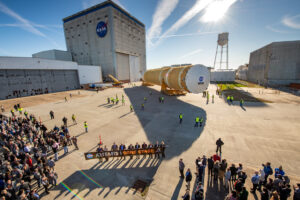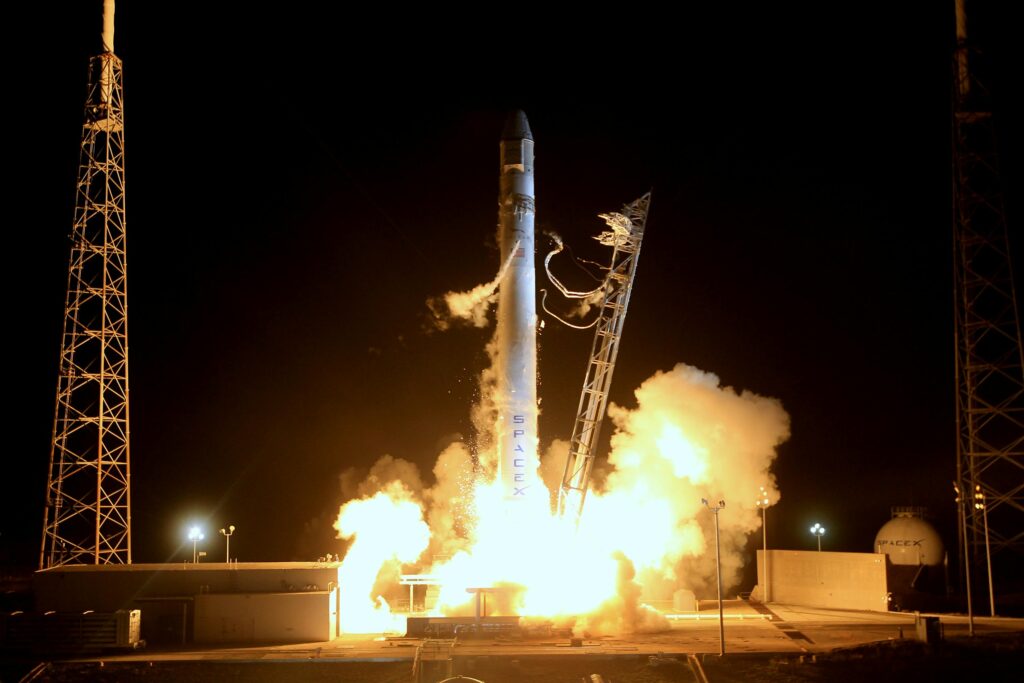NASA and SpaceX are working together to send people back to the Moon. They’re using a spaceship called Starship. The spaceship will land near the Moon’s South Pole during two missions called Artemis III and Artemis IV. On March 14, SpaceX launched a test flight for Starship. The test was important for NASA’s Artemis missions.
Starship has engines powered by special fuel. The fuel is super-cooled liquid methane and liquid oxygen. The spaceship has lots of engines. They help it fly into space. During the test flight, Starship separated from its booster. This was the third test flight for Starship and its booster.
SpaceX learns a lot from Starship flight tests to improve future missions. NASA and SpaceX work together for Starship development. Lisa Watson-Morgan from NASA’s Marshall Space Flight Center is happy about the progress.
The recent test achieved many goals. Starship reached its orbit as expected. It completed the full-duration ascent burn. These milestones are crucial for Artemis lunar landing missions. They help make space travel safer and better.

NASA and SpaceX
NASA and SpaceX are working together to transfer propellant between tanks.The propellant transfer demo is done, and now they’re looking at the data. This demo is one of many NASA projects to solve problems with using super-cold fluids in space. Engineers will study how propellant moves in the tanks after the engines stop.
They want to understand how this affects the spacecraft’s stability. They’ll also look at ways to improve propellant transfer efficiency. The goal is to make sure the engines get enough propellant to work properly in space.
“We’ve never tried storing and moving super cold fuel in space like this,” said Jeremy Kenny from NASA. “It’s important for future space missions.”
NASA’s Artemis program aims to land the first woman, person of color, and international partner on the Moon. They’re also getting ready for trips to Mars.
To explore deep space, we need special rockets, spacecraft, suits, and stations. Commercial companies will help too. This new technology could help us go farther into space. It’s exciting to think about what we’ll discover!

